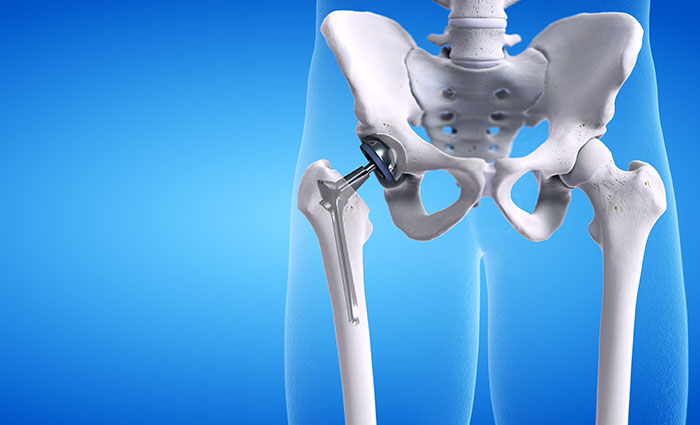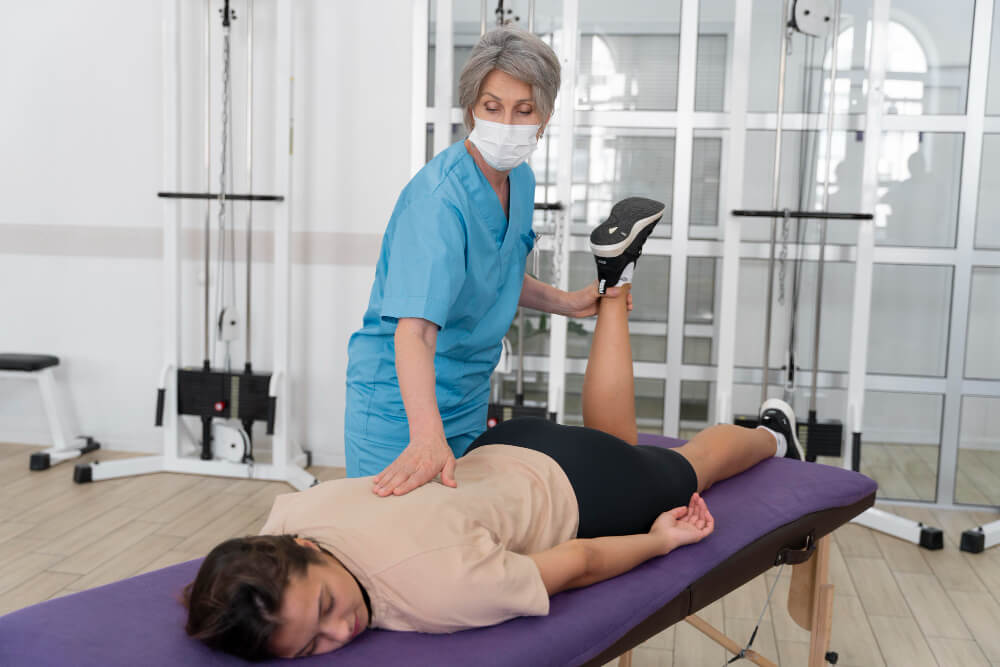Orthopedic Doctor for Total Hip Replacement
Total hip replacement is a surgical procedure that involves replacing a damaged hip joint with an artificial joint. This procedure can be a highly effective treatment for individuals suffering from severe hip pain and limited mobility due to conditions such as osteoarthritis, rheumatoid arthritis, or traumatic injuries.
The Benefits of Total Hip Replacement
Total hip replacement can offer significant benefits for individuals with severe hip pain and dysfunction:
- Pain Relief Alleviation of chronic hip pain and improved quality of life.
- Increased Mobility Restored range of motion and ability to perform daily activities.
- Improved Function Enhanced ability to walk, climb stairs, and participate in physical activities.
- Improved Quality of Life Increased independence and overall well-being.
When to Consider Total Hip Replacement
Total hip replacement is often recommended for individuals with:
- Severe Hip Pain Chronic hip pain that significantly interferes with daily activities.
- Limited Range of Motion Difficulty walking, climbing stairs, or performing other activities.
- Failed Non-Surgical Treatments When non-surgical treatments, such as physical therapy or medications, have not provided adequate relief.
- Osteoarthritis Advanced osteoarthritis of the hip joint.
- Rheumatoid Arthritis Severe rheumatoid arthritis affecting the hip joint.
- Traumatic Injuries Fractures or other injuries to the hip joint.
The Total Hip Replacement Procedure
Total hip replacement surgery involves replacing the damaged hip joint with an artificial joint made of metal and plastic. The procedure is typically performed under general anesthesia.
- Pre-Operative Preparation Preparing for the surgery, including medical tests, consultations with healthcare professionals, and planning for recovery.
- Surgical Procedure The surgeon removes the damaged hip joint and replaces it with an artificial joint.
- Recovery Period Post-operative recovery, including rehabilitation and gradually increasing activity levels.
Types of Hip Replacements
There are several types of hip replacements available, each with its own advantages and disadvantages:
- Cementless Hip Replacement An artificial joint that is fixed to the bone without cement.
- Cemented Hip Replacement An artificial joint that is secured to the bone with cement.
- Resurfacing Hip Replacement A less invasive procedure that involves replacing only the damaged surfaces of the hip joint.
- Choosing the Right Type The best type of hip replacement for you will depend on your individual factors, such as age, activity level, and overall health.
Rehabilitation After Total Hip Replacement
Rehabilitation is a crucial component of recovery after total hip replacement surgery. Physical therapy plays a key role in helping patients regain strength, mobility, and function.
- Physical Therapy Exercises to strengthen muscles, improve range of motion, and restore function.
- Weight Management Maintaining a healthy weight to reduce stress on the hip joint.
- Avoiding High-Impact Activities Avoiding activities that put excessive stress on the hip joint, such as running or jumping.
- Gradual Return to Activity Slowly increasing activity levels to prevent reinjury.
Potential Complications of Total Hip Replacement
While total hip replacement is generally a safe and successful procedure, there are potential risks and complications:
- Infection Infection around the implant.
- Dislocation The artificial joint may become dislocated.
- Loosening of the Implant The implant may loosen over time.
- Blood Clots Blood clots can form in the legs and travel to the lungs.
- Minimizing Risks Following your surgeon’s instructions, attending physical therapy sessions, and maintaining a healthy lifestyle can help reduce the risk of complications.
The Importance of Follow-Up Care
Regular follow-up appointments with your orthopedic surgeon are essential for monitoring your progress and addressing any concerns.
- Post-Operative Check-Ups Regular check-ups to assess healing and monitor for any complications.
- Ongoing Rehabilitation Continuing with physical therapy to maintain strength and function.
- Long-Term Follow-Up Regular check-ups to monitor the longevity of the implant and address any issues that may arise.
Total hip replacement can be a life-changing procedure for individuals suffering from severe hip pain and dysfunction. By seeking expert care from an orthopedic surgeon and following a comprehensive rehabilitation plan, individuals can improve their quality of life and regain mobility.


